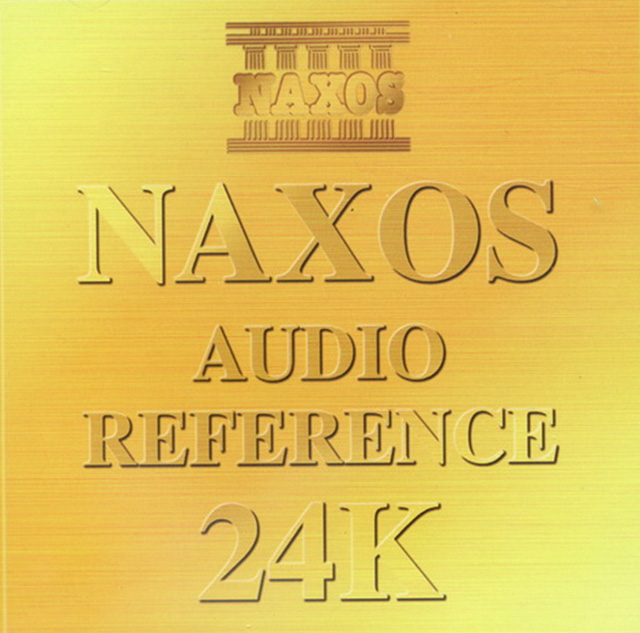| The newest release from SOMM Recordings is an unusual but exciting pairing of two string quartets by British and French contemporaries Sir Edward Elgar (1857-1934) and Gabriel Faure (1845-1924). Also included is a collection of shorter gems transcribed for string quartet by the British composer, arranger, and pianist Iain Farrington. These comprise Elgar’s Carissima (originally composed for small orchestra) and selections from Faure’s Piano Preludes: Nos. 4, 8, and 9, this last described by Aaron Copland as being "so absolutely simple that we can never hope to understand how it can contain such great emotional power." This recording features the Eusebius Quartet, formed in 2016 out of a passion for the extraordinary music written for this instrumentation, and praised as "excellent" by The Sunday Times. Their debut CD for SOMM of the Korngold Piano Quintet & Quartet (SOMMCD 0642) received critical acclaim: "Wit and clarity abound in the Quartet’s Viennese-sounding performances," The Strad; "The musicians seem to feel the music just as it is, complex on the surface, but direct and straight from the heart," BBC Music Magazine. Elgar and Faure met once at the time of the London premiere of Elgar’s First Symphony in 1908. Although Faure spoke no English and Elgar’s French wasn’t exactly conversational, it’s fascinating to compare the musical language of their two quartets, both in the key of E minor, and written late in the composers’ lives. Edward Elgar was a more than competent violinist, and he made several attempts throughout his career to write a string quartet. Finally, ill and depressed by war-time London in 1918, he completed his String Quartet, Op. 83. It is cast in three movements, the outer Allegro movements bookending one marked Piacevole (poco andante). This slow middle movement, which contains aquotationfrom Elgar’sChanson de Matin, was a favourite of Lady Elgar, who described it as "captured sunshine." It was played at her funeral in 1920. Gabriel Faure composed his only String Quartet, Op. 121 in 1924, shortly before his death at the age of 79. By this time, he had been totally deaf for some years, and the quartet suggests a mind driven within itself in a way that hints at Beethoven’s Late String Quartets. This final work of Faure presents an extraordinary duality, which masks the romantic ideas of his earlier music with what the English composer and writer Robert Matthew-Walker calls "a soft steely twilight that at times appears almost menacing." As with Elgar’s quartet, the central Andante movement particularly captures the imagination with its musical colouration suggesting a world of half-lights.
Track Listings |
THE END
![[db:seo标题]](http://www.17zfy.cn/wp-content/uploads/2025/07/20250726110458-6884b65a29051.jpg)













暂无评论内容